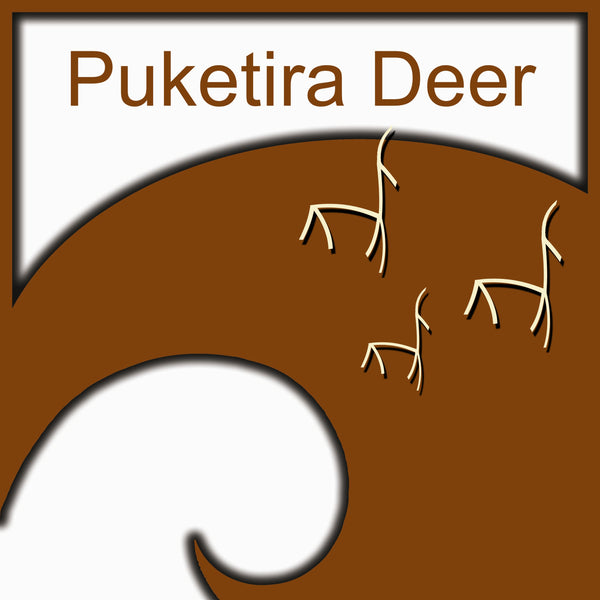June 2017
Share
Queens birthday weekend at the start of June always seems to herald the start of winter and this year was no exception. We were trying to get our shearing done but first the shearing contractor was late getting to us due to the weather , then we only managed to get one day in before it came in wet again.
We were hoping to get the hoggets shorn after Queens birthday weekend and planned to put them into the covered yards on Sunday morning to ensure they would be dry for shearing on the Tuesday. Alas – they were already quite wet on their backs when they went onto the yards however we thought that with some air flow through the shed they might dry.... On Monday morning they were checked and still damp but we had to let them out for a feed. Incredibly by Monday afternoon they were pronounced dry by our manager and put back into cover. We shorn them on Tuesday morning and the shearers simply could not believe we could have dry sheep. The 32 micron wool was bright, sound and of very good quality but alas wool price in down 50% on last year and so the best offer at auction is $2.60/kg greasy so it will remain unsold. Apparently there is simply no demand at present as the Chinese are not in the market and because they are not nobody else seems inclined to offer any more. Little do we realise at this point – this is our last wool clip (more on this to follow).
Weaner deer are introduced onto their winter feed paddocks – kale with Lucerne hay in feeders as well. It’s a simple system where we move the temporary fence once a week and they quickly settle into the routine and are very quiet. We run one mob of 230 through the yards to be weighed and they average 72 kg going into the winter. We know the other mob is at least 6 kg heavier but have not had time to weight them.
As we ease into winter the larger mob of hinds are introduced onto the new self feed silage pit. They quickly adjust to this new site and seem very content. A couple of weeks later they are brought in for pregnancy scanning. A pleasing 97% are in fawn however 40% will not fawn until early December – it appears they only took to the backup stags – introduced for the 3rd cycle. This presents a challenge to our management – what is the cause? , at least now we know what to expect and will be able to fawn them as two mobs – early, and late.
Pregancy scanning of the sheep also takes place in June and we are very pleased to see the sheep come in great condition – for the first time in 3 years they appear to be properly fed. The results speak for themselves. Mixed age ewes scan 184% with only 3 dries and the 2ths scan 185% with only one dry. It seems that our autumn management of the ewes was spot on. The result is bittersweet as we have already made a decision this will be our last lambing and the ewes will be phased out next January in favour of increasing the deer numbers to replace them.
